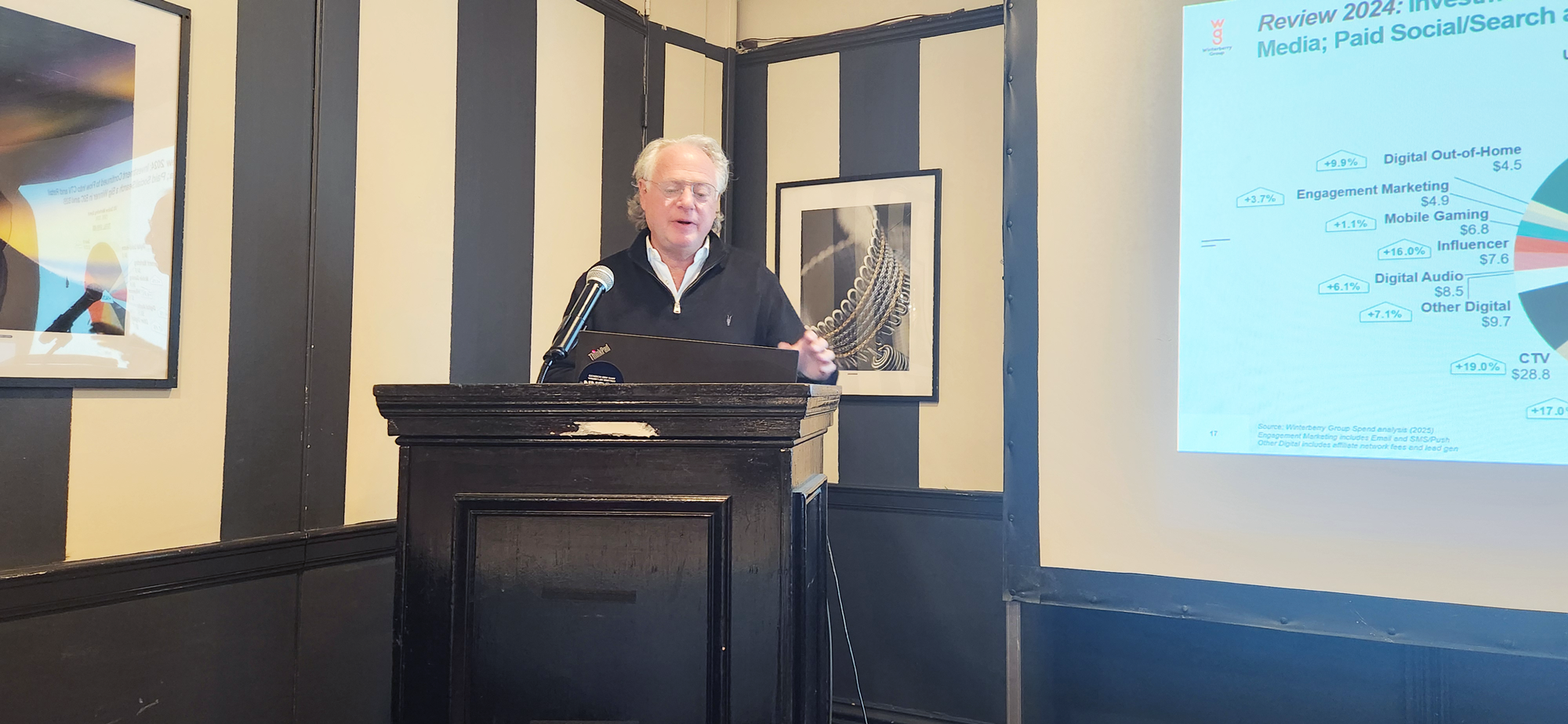

After about seven years into my career, I migrated from consumer direct marketing to B2B marketing, and immediately concluded that B2B is more fun. Why? It’s more complex, it’s richer, it’s broader, and it’s more difficult. Naturally, it’s more fun.
Here’s what I mean:
First, business buyers do not make decisions on their own. So, as marketers, if you intend to influence these buyers, you have a complex situation to work with. The business buying process is likely to be long and slow and involve multiple parties. There are influencers, specifiers, gatekeepers, purchasing agents, and the ultimate decision-makers. The parties have their own interests and needs for information about the product, its features, and its benefits to them. This means that your messages need to be tailored, customized, and targeted to a level unheard of in the consumer world.
Even more fun is the motivation of these parties. Self-interest is there (they are human, after all), but business need will be a stronger driver than, say, offer. Business buyers need to justify the purchase, to be sure they have done the right thing by the business. They will be looking for proof points, for documentation—if only to cover their you-know-whats. An incentive offer, therefore, should have business value. Mugs and T-shirts are popular in B2B, but better is an offer of information that drives the buying process forward. A white paper, for example, or a downloadable with tips on how to solve the prospect’s business problem can be positioned as free incentive offers while concurrently supporting the sales cycle.
The next fun area is economics. Business purchases tend to be large, high-ticket, and high value. And the universe of targeted prospects tends to be small. So, campaign volumes are low, cost per thousand is high, and direct marketing campaigns tend to be about leads versus immediate sales. Products tend to change regularly, with new models, features, pricing, and terms. So, there is rarely such a thing as a “control” in this sector of the industry. Most campaigns are a one-off. That’s why agencies, once they get the hang of it, tend to fall in love with B2B.
Then there is business data. Consider this statistic: There are approximately 32 million businesses. Within each business, there may be multiple players who need to be contacted (the gatekeepers, influencers, and specifiers mentioned above). Furthermore, these folks are always changing their titles, their phone numbers, their mail stops. Business data is said to degrade at the rate of 4-6 percent per month. But each contact might be worth millions. So, B2B direct marketers will invest heavily in data hygiene, such as calling all their accounts twice a year to update their records. With economics like this, it pays.
For general marketers who may have been wondering at the dearth of market research in the direct marketing industry, here’s hope. In B2B direct marketing, research rules. Think about it: When you have high-potential prospects, rapidly changing products, small universes, and just one chance to reach them, pretesting is critically important. Business marketers rely on focus groups, surveys, and data modeling to refine their campaigns as much as possible before going out into the marketplace.
Finally, B2B is fun because it is multichannel. Direct marketing in business is part of a larger system of customer communication. (The key exception is the B2B mail-order world, like Quill and New Pig, that operates end-to-end sales channels.) In B2B, marketing is the flip side of sales. They complement each other, and they must work in tandem to be successful.
B2B direct marketing has one foot in sales and one foot in marketing. You generate leads, qualify them and hand them off to the sales force for closure. You track the closed leads, then analyze and refine your campaigns. You operate call centers, run catalog businesses via telesales and ecommerce, and you manage customer databases. You analyze data, segment markets, and provide market intelligence.
The upshot of this complexity is that B2B direct marketing results can be difficult to measure. Your efforts are only part of a larger process, and each participant rightly claims credit. Plus, in a multichannel environment, you are in the thick of channel conflict. Hey, who said bloody isn’t fun?What’s really fun is that you’re mining the entire direct marketing tool kit — the databases, the targeted communications, the offers, the measurements — and applying them wherever across the complex business sales process it makes sense. Your methods pay off, and your ability to provide value continues to grow. Now, that’s fun!

About the Author
Ruth P. Stevens, past president of DMCNY, consults on B2B marketing and teaches marketing at NYU Stern and other business schools here and abroad. Reach her at ruth@ruthstevens.com








